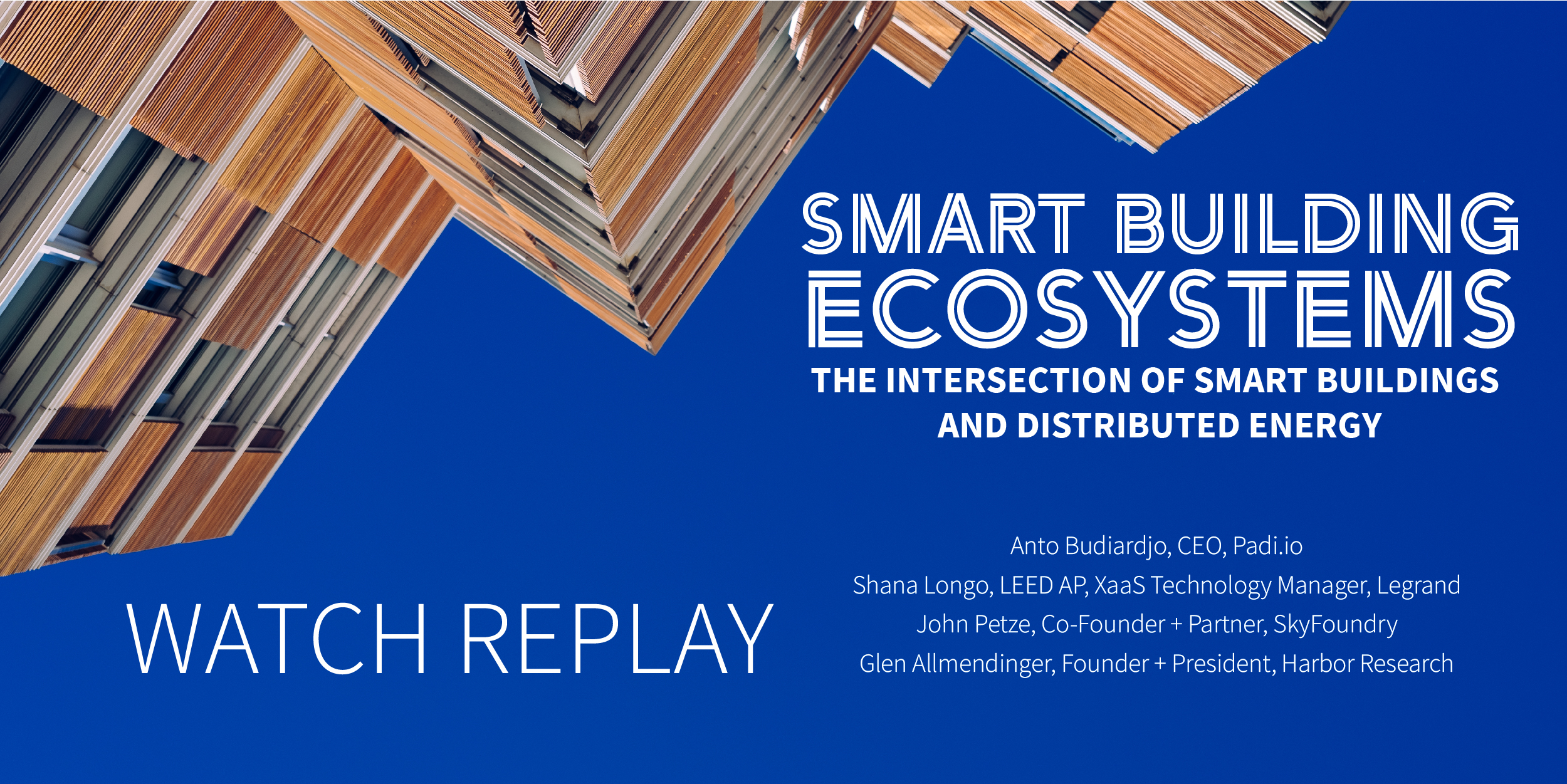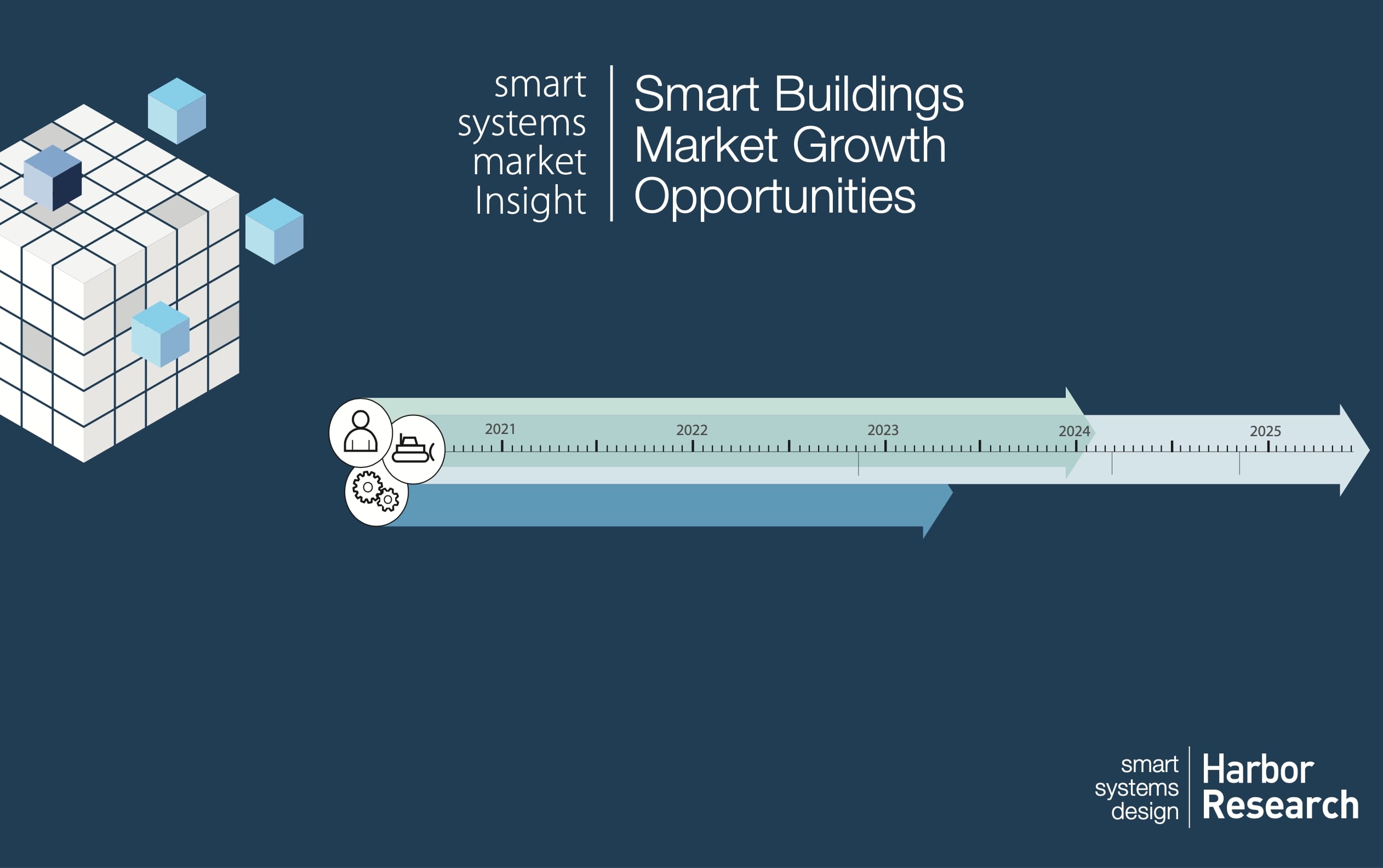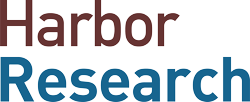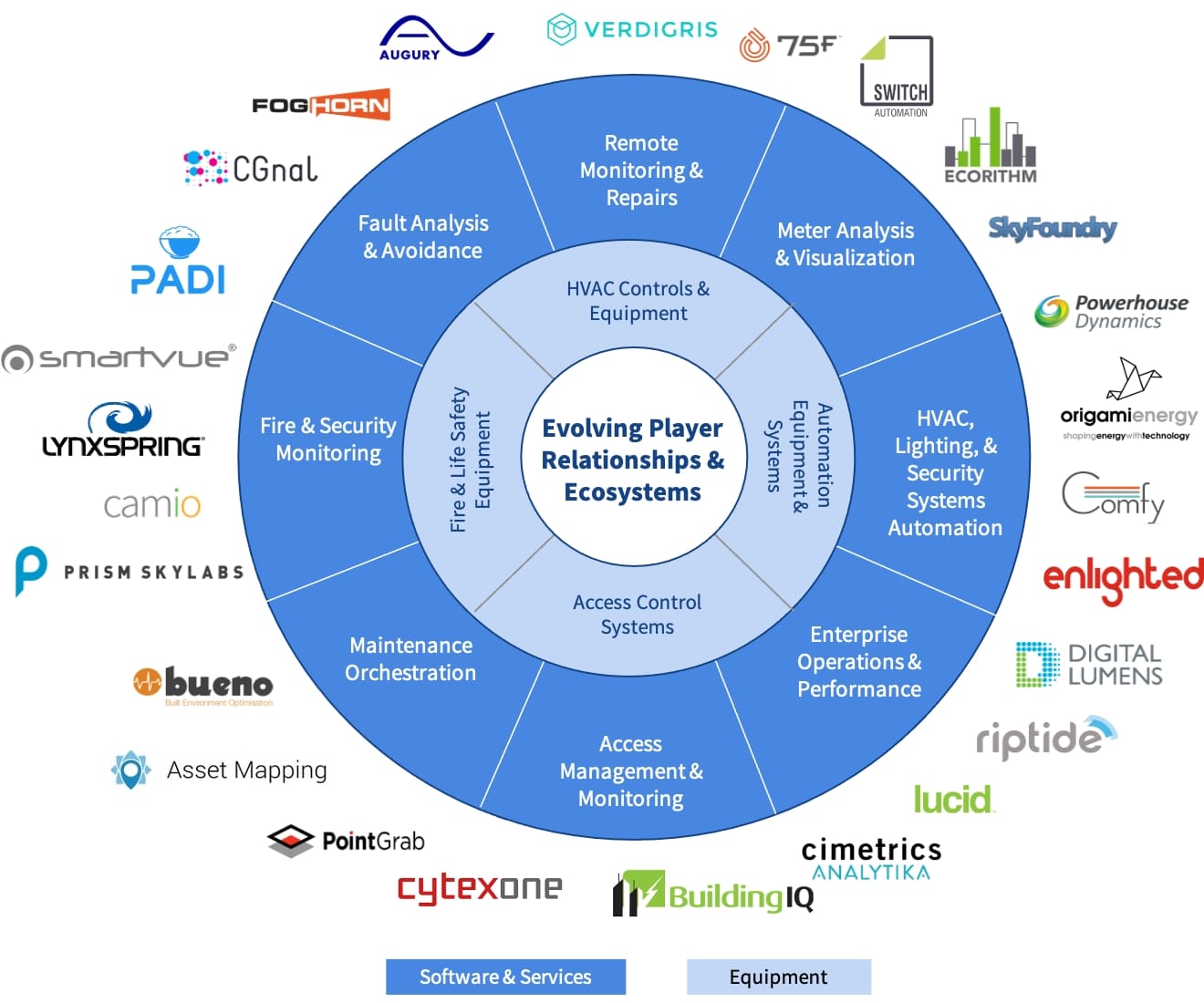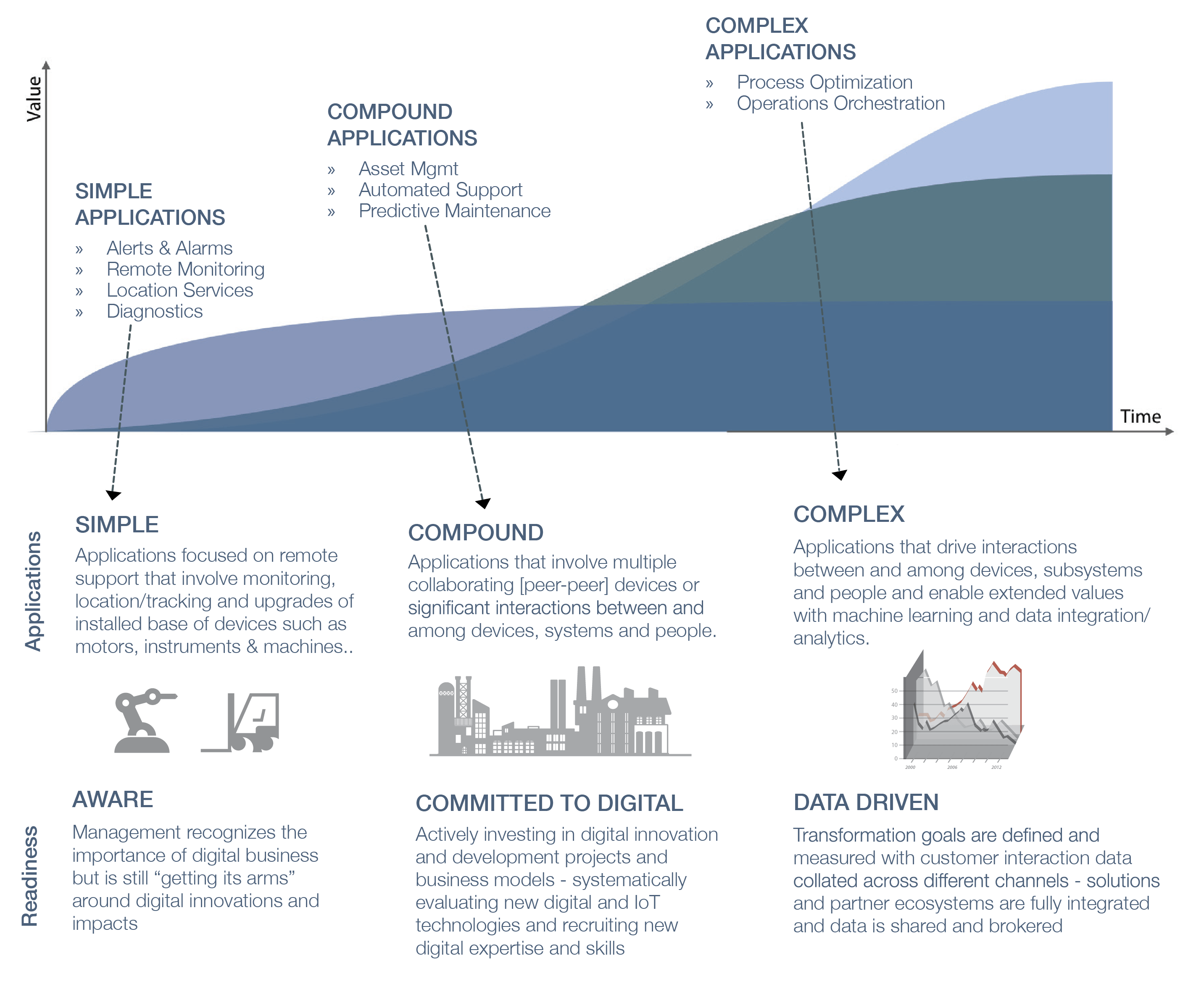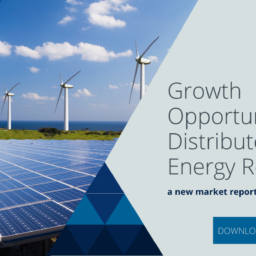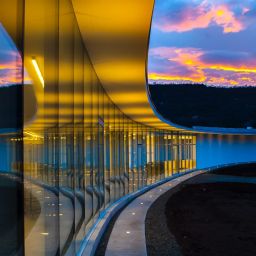Watch our webinar on Smart Building and Energy Ecosystems where we will explore the convergence of smart buildings, smart grids and new data and information architectures.
WE DON’T NEED ANOTHER WORLD OF INFORMATION-ISLANDS
The IT, telecom, automation and equipment sectors have failed to keep pace with advancing technology and its potential impact on their constituents. Nowhere is this more evident than in the promise of convergence for smart buildings and grid systems.
Today, many equipment, software and smart services players are embracing the concept of integrating smart buildings and smart energy systems. But in reality, for buildings and grids to become truly smart and freely interoperable, new systems, relationships and data interactions will need to be enabled to ensure we don’t create anything more than a huge collection of disparate systems, data and information-islands.
source: Harbor Research
THE PROMISE OF SMARTER SYSTEMS
Today’s so-called “smart systems” should be taking on the toughest challenges of interoperability, information architecture and user complexity. But they’re not. We need to creatively evolve to an entirely new approach that avoids the confinements and limitations of today’s differing and incompatible architectures. A world where truly open data and new information architectures can easily integrate diverse machines, data, information systems and people—a world where there are no artificial barriers between different types of information.
Smart building and grid systems are still a kludgy collection of yesterday’s technology and architectures that do not address the most basic development challenges. Even though many companies are telling fantastic IoT, 5G and new-fangled software marketing stories, you wouldn’t know it from today’s fragmented collection of incomplete platforms, narrow point-solutions and software incompatibility. In the course of the last two decades, the world has become so dependent upon the existing ways computing, telephone and automation systems are organized that most people cannot bring themselves to think about the evolution of these technologies with any critical detachment.
All of the traditional categories of players that are theoretically driving this convergence (IT systems, telecom systems, automation and control systems, utilities, and equipment manufacturers) have historically operated within well-established technical development protocols and business models that reflected the distinct competencies each group has developed over the last 20+ years. In short, they are trapped in their own “sunk cost” economics and blinded to any alternative future beyond the linear development path they have been on.
To be a truly smart system, data must be able to travel and interact freely across systems, allowing information from disparate infrastructure, building and grid systems to feed one another, increasing their overall value to users. Open data architectures are like bridges built at private expense for public benefit. Everybody wants to collect the tolls, but few are prepared for the major challenges and costs they will face to build and maintain the bridge.
COMPLEX ADAPTIVE SYSTEMS
Despite these challenges, the world continues to innovate and evolve towards ever more sophisticated, intelligent and adaptive systems. This new paradigm—complex adaptive systems—is driving all data, information and, more importantly, their interactions towards real-time, state-based, context-driven capabilities that integrate people, processes, physical equipment and knowledge to enable collective awareness and better decision making.
source: Harbor Research
Whatever we choose to call the next wave on the horizon—autonomous, robotic, automated, etc.—intelligent systems will increasingly become self-sensing, self-controlling and self-optimizing automatically, without human intervention. Think of intelligent agents and virtual assistants residing inside systems and making purchase decisions defined by a set of programmed rules. Then think of machines and systems making optimized selections among competing offers based on learning and rules or, ultimately, machines deducing human needs based on rules, context and preferences.
THE BLIND LEADING THE VISUALLY IMPAIRED
The diversity of technologies and the number of applications and integration dimensions create numerous adoption hurdles. While many building owners and utilities are beginning to modernize aging infrastructure, embracing new open technologies is, at the very least, a very complex challenge.
Should we leave all of the details of convergence to the large multi-national providers of IT systems, telco services, energy and equipment systems? Bold marketing pronouncements of smarter building and grid systems highlight diverse benefits—increased efficiency, predictability, lower costs and more self-sufficiency.
These technology “optimists” tell a great story about tech convergence, but the systems we are describing cannot be defined by a single “top down” approach or central “command and control” organizing scheme that sets preprogrammed limits. Technocratic sustainability, modernity and progress are all messages streaming at us from new marketing campaigns, but tangible progress is slow.
Smarter more adaptive systems will be defined by a new generation of innovators, who are motivated to collaborate with each other to create new use cases and applications that solve real problems. These new players will foster creativity, rather than becoming subservient and passive recipients of some technocratic vision where the blind are leading the visually impaired. ◆
This essay is supported by Harbor’s Market Insight, “Smart Buildings Market Growth Opportunities” and our webinar, “Smart Building Ecosystems: The Intersection of Smart Buildings and Distributed Energy.”
Fill out the form below to download the entire presentation and access the webinar replay for free.
